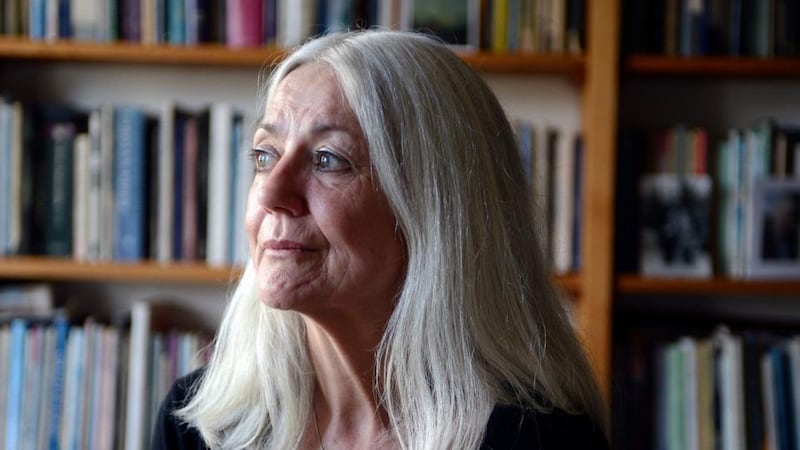WC Fields's dictum urging artists to avoid working with children and animals is widely known. It might then strike us as somewhat curious that certain Arts Council application forms invite applicants to supply a copy of their Animal Welfare Protection Policies and Procedures. Before there's a chance to intone The Circus Animals' Desertion, however, we discover the Arts Council has funded the likes of Duffy's and Fossett Brothers Circus in recent years. Elizabeth Bishop credits the Barnum and Bailey Circus as the formative experience in her rich and enduring friendship with Marianne Moore. In Bishop's delightful account, Miss Moore and Miss Bishop, as they called each other in the initial years of their kinship, set out on a trip to the circus. Aside from being a serial devotee, Moore was on a particular mission to repair a precious bracelet gifted to her by her brother. She persuaded Bishop to successfully distract the older elephants by feeding them stale brown bread while she snipped the hairs from a baby elephant, essential to restore the jewel to its former glory. The two poets then settled down to the circus proper, tucking into fresh brown bread which Moore had brought along.
Snails, giraffes, cats, oxen, chameleons – these are just some of the enormous range of animals in Moore's poetry. Who knows – maybe her poem Elephants was in the mind of young Dubliner Sally Cullen when she won the naming rights to the first bull elephant born at Dublin Zoo last year. Sally came up with the name Kavi, an Indian word meaning poet or wise man.
Poets and animals have always been intimately connected, with Bishop herself no slouch when it comes to animalcentric poems. Some of her best-loved poems include The Moose and The Armadillo and some, as Colm Tóibín notes in his brilliant book On Elizabeth Bishop, are about "humans who were secretly animals" such as The Man-Moth.

Who'd Be a Dog? is a Paula Meehan poem title and her first line sees the poet go further – "Who'd be a poet's dog?" While Meehan might like us to believe she and her fellow poets represent a less-than-model dog proprietor, several poems of hers and her poet partner Theo Dorgan give the lie to this. In Handsel and Night Walk with the Dog, Bella, Meehan and Dorgan reveal a beguiling tenderness and care towards their late, much-missed canine pal.
In his introduction to the Faber Book of Beasts, Paul Muldoon suggests animals bring the best out in us. Our humanity and humility reach their heights in the presence of animals, suggests Muldoon, and these qualities are essential ingredients for the making of the best art. Animals such as elephants, skunks, otters, hedgehogs and hippos feature in Muldoon's menagerie; how charming it is to observe how they nuzzle along together in his engaging anthology, where Seamus Heaney's Skunk and Otter poems can be enjoyed and compared alongside Ted Hughes's and Robert Lowell's versions.
Moore's poem England joyfully makes the case for poetry to be written in "plain American which cats and dogs can read!" Billy Collins appears to share that view of the cognitive powers of pets, though his poem The Revenant sees his canine narrator suggesting that dogs read and write in poetry while cats stick to prose. Collins sees dogs as a splendid marketing tool, proposing that the placing of one on a book cover increases sales by 17 per cent. The poet's recently acquired cat is quite the bright spark. In The Literary Life we find the poet in his kitchen, observing his white cat, "looking as if he had just finished his autobiography".
Maureen Kennelly is director of Poetry Ireland







